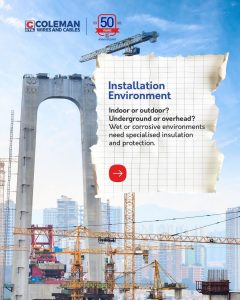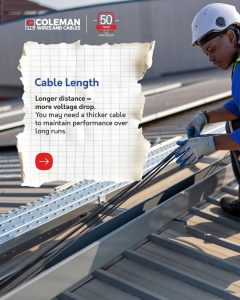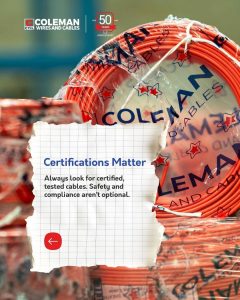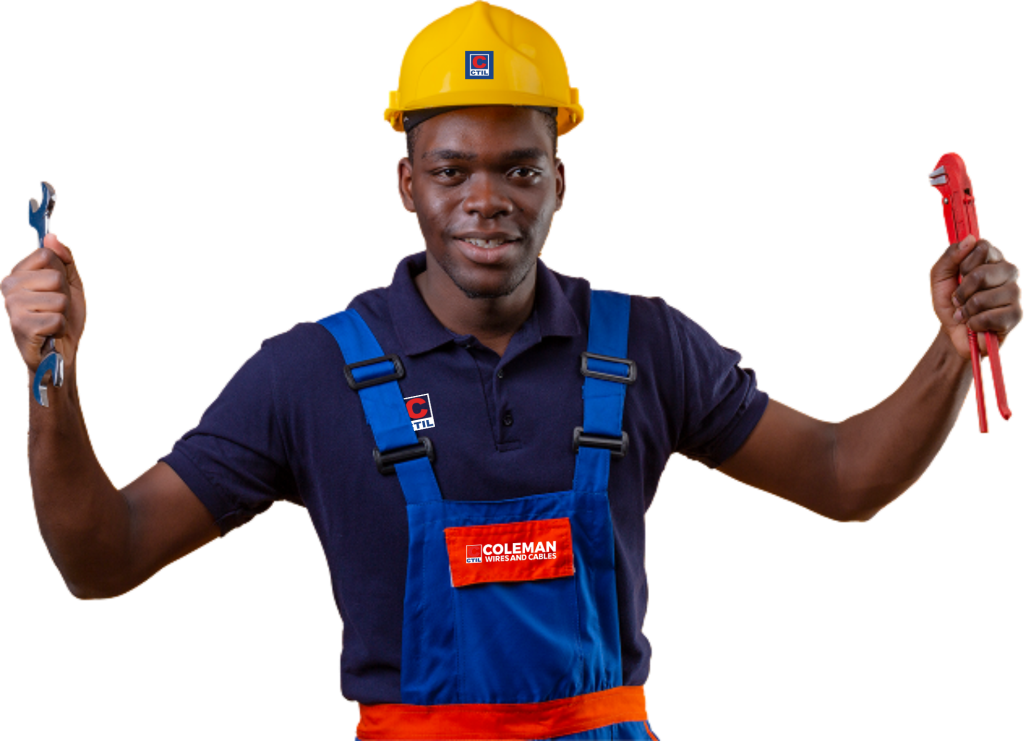What to Consider When Choosing the Right Wire and Cable

When it comes to electrical installations, choosing the right cable isn’t just a technical decision it’s a safety requirement and a performance guarantee. The right cable ensures efficiency, protects equipment, and keeps people safe. The wrong one? It can result in overheating, power loss, equipment failure, or even fire hazards.
If you’re an engineer, technician, builder, or DIY enthusiast, here’s a simple guide to help you make the right choice every time.
 Know the Load
Know the Load
How much current will the cable carry?
The higher the current, the thicker (and larger) the cable must be. Using a cable that’s too small can cause overheating, insulation damage, and eventually fire.
- Identify total load before selecting cable size
- Follow rated current (ampacity) charts
- Think long-term future expansion matters
Electrical rule: Load determines cable size.
 Voltage Level
Voltage Level
Low, medium, or high voltage?
Every system has its voltage requirement, and your cable needs to match it. Using a cable not designed for the voltage in your project can lead to dangerous electrical failures.
- Always confirm the voltage range
- Choose cables rated for your system and environment
- Prioritize safety and efficiency
Tip: When in doubt, consult standards or your cable manufacturer.

Consider the Installation Environment
First, you must determine exactly where the cable will be installed. A cable’s design is highly specific to its intended environment.
Indoors vs. Outdoors: Indoor-rated cables lack the durable protection needed to withstand sunlight (UV rays), temperature extremes, and moisture. Outdoor cables feature robust insulation built to handle these elements.
Buried vs. Aerial: Will the cable be buried directly in the ground, run through a protective conduit, or strung overhead? Each method demands different requirements for protection against moisture, soil composition, and physical stress.
Damp or Corrosive Areas: Environments with high moisture, or industrial zones with chemicals, require cables with specialised insulation. This protection prevents corrosion and degradation that could otherwise lead to short circuits and failure.
Tip: Always match the cable’s specifications to the precise conditions it will face.

Account for Cable Length and Voltage Drop
Distance is a factor that’s often overlooked, but it has a major impact on performance. The longer the cable, the more electrical resistance it encounters. This resistance leads to “voltage drop.”
Simply put, voltage drop means the voltage at the far end of a long cable will be lower than it was at the source. This can cause significant problems:
Dimming or flickering lights.
Inefficient operation or overheating in motors and appliances.
Malfunctions or failure in sensitive electronic devices.
The solution? For longer runs, you will almost always need a thicker cable (identified by a lower gauge number). A thicker cable has less resistance, which minimizes voltage drop and ensures your equipment receives the stable power it needs.

The Importance of Certification
This point is crucial and non-negotiable. In a crowded market, it’s easy to be tempted by the lowest price. This is a gamble you shouldn’t take.
Always look for certified, tested cables. Certifications from recognized standards bodies (like the Standards Organisation of Nigeria (SON) or other international equivalents) are your guarantee that the cable:
Is built with high-grade, quality materials.
Has passed rigorous tests for safety and performance.
Complies with all relevant legal and technical standards.
Uncertified cables might have flimsy insulation, incorrect conductor sizing, or be made from impure materials. When it comes to electricity, safety and compliance are never optional.
Final Thoughts
Choosing the right cable is about more than just finding a convenient fit. It’s a foundational decision that impacts safety and reliability for years. By carefully considering the installation environment, accounting for cable length, and insisting on certified products, you can power your project safely and effectively.
#ColemanExplains #WiringTips
#Coleman #ColemanWiresAndCables #ColemanAt50
#Manufacturing #Manufacturer #Wire #Cables #WiresAndCables



